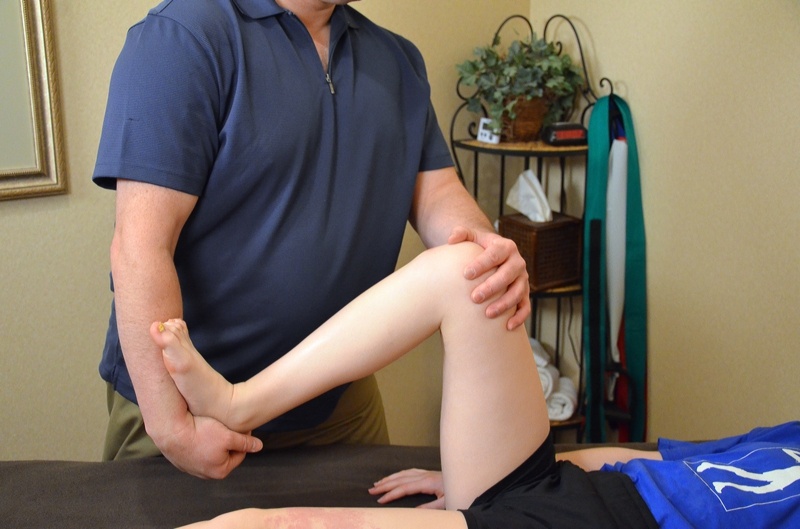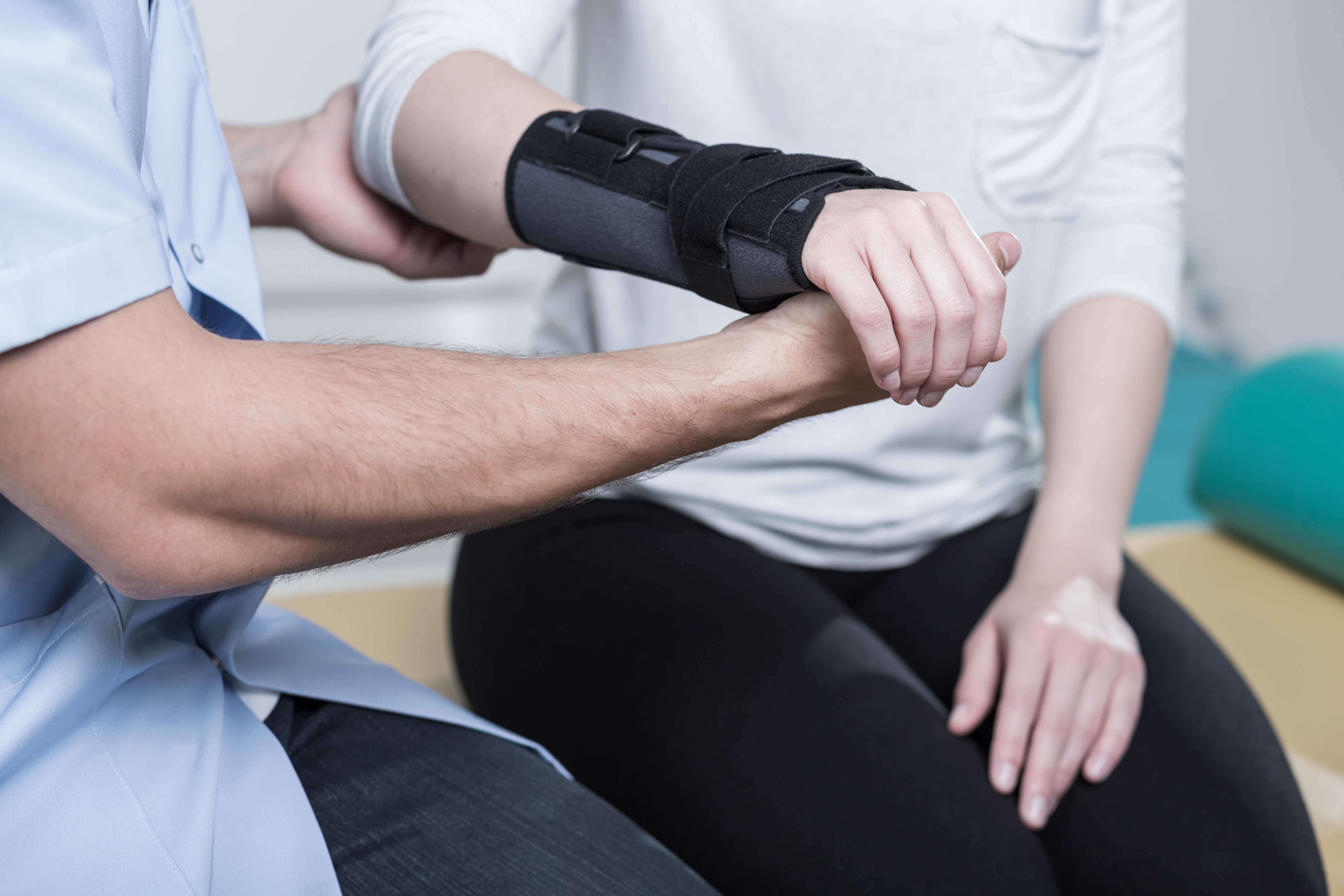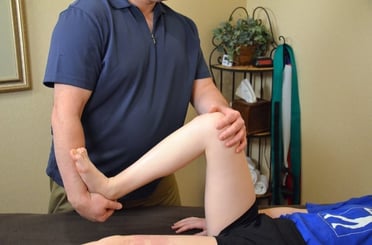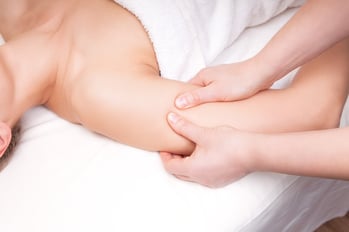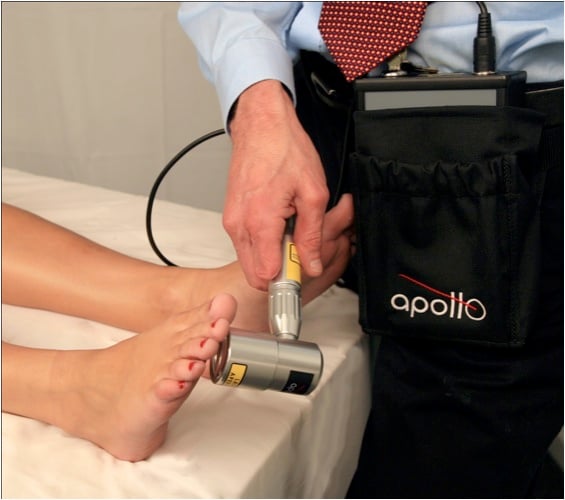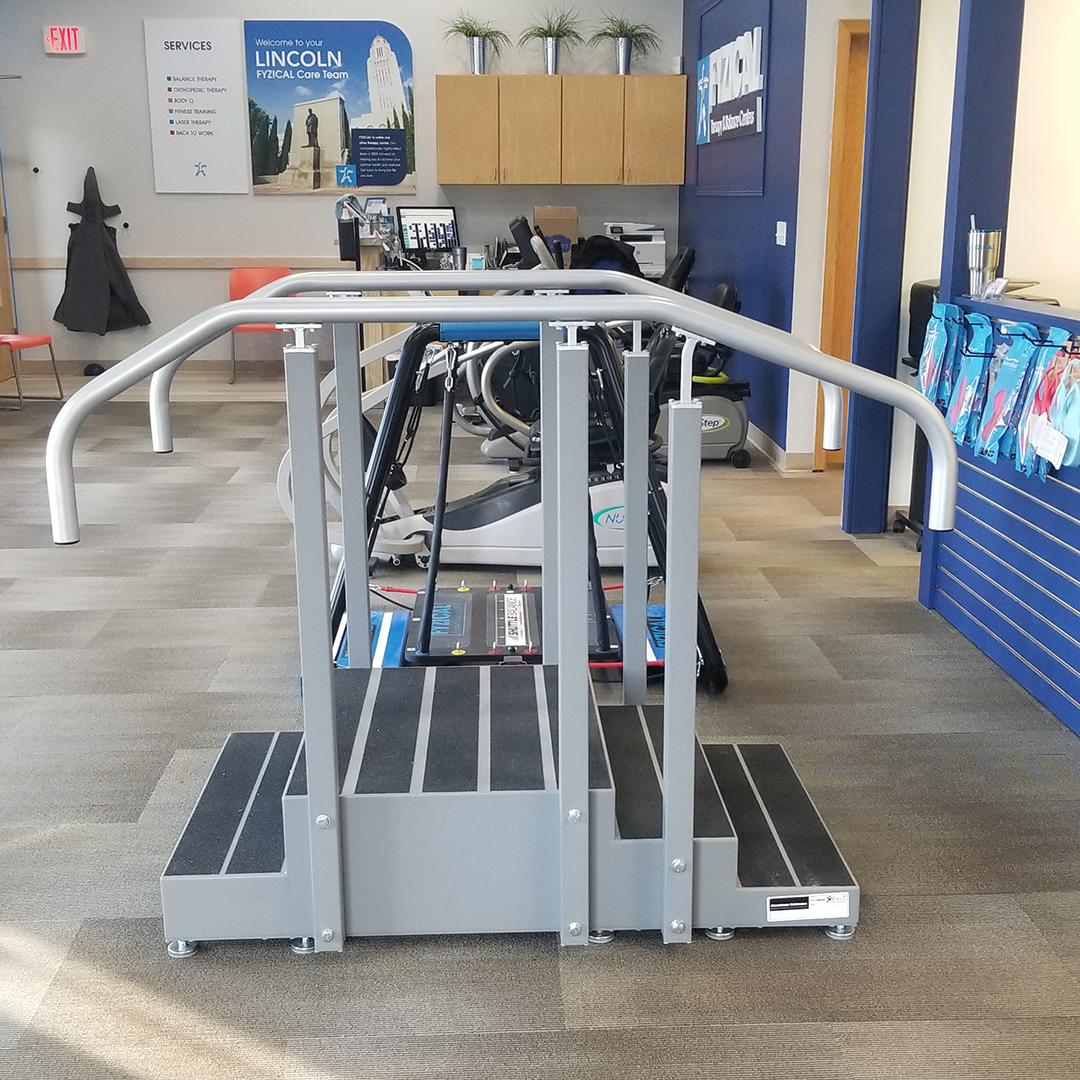How can massage therapy help maximize your rehabilitation? A large percentage of individuals that utilize the healthcare system are people going through some sort of rehabilitation. That rehabilitation may be associated with the recuperation from surgery, healing from an accident, dealing with a congenital condition, or recovering from an athletic injury.
|
|
Despite the cause of the problem, the remedy is the same – working with a physical or occupational therapist to improve strength, increase motion, reduce pain, and relearn skills so they may return to a normal life. This is a very important and powerful function of the healthcare system and anything that can be done to increase the effectiveness of the process will benefit all parties involved. One method that is extremely effective in enhancing rehabilitation is therapeutic massage.
It is the oldest form of healthcare and is one of the most natural, instinctive, and remedial practices. In fact, the father of modern medicine, Hippocrates, said that a physician should be trained in massage. Massage therapy has a particularly special relationship with physical therapy. A Swedish physiotherapist named Pehr Henrik Ling was shown a hands on method of healing based on the Chinese healing method of tunia. Ling noticed that performing the exercises and hands on work helped him remain healthy so he pursued further training. Ling became fascinated by this method and eventually combined it with gymnastics (more like calisthenics) and it became known as medical gymnastics. Eventually, this system of exercises and hands on treatment evolved into modern day physical therapy. The hands on techniques developed by Ling became known as the Swedish Movement System and is now more commonly known as Swedish Massage.
The benefits of massage are numerous and have effects on every system of the body. Combining this modality with physical therapy allows the entire body to be incorporated into the treatment. So where does massage therapy fit into the rehab setting? The easy answer is everywhere. The more challenging question is what type of massage should be done during the various phases of rehabilitation. The good news is that massage can be applied at any time throughout the rehabilitation process. Depending on what the patient is being seen for, the massage treatment can be adjusted to meet their needs. If the patient is recovering from surgery or in an acute condition then, initially, light techniques such as lymph drainage or superficial effleurage can be applied to help with swelling or pain. As they progress in their healing, techniques such as friction can beused to minimize excessive scar tissue formation. Once the patient has entered the exercise portion of their rehabilitation, deeper techniques are used to remove any fascial and muscular restrictions to
|
|
enhance the effectiveness of the exercises. This is a very beneficial time to use massage because when a muscle gets put under stress from an injury or is being overworked because there is a strength imbalance, it can develop something called a trigger point. These “knots” in the muscle can cause pain, restrict movement, and even reduce the muscle’s ability to generate force during a contraction. While there are numerous ways to alleviate these points, using massage therapy techniques is a great non-invasive way to treat these areas of dysfunction in the muscle. It only makes sense to ensure that the muscles are getting the maximum results from the exercises being done. Removing the trigger points allows the muscle to contract with its maximum force and improves the efficiency of the strength gains. Another area affected by the presence of trigger points is range of motion and movement patterns. By addressing the points in the muscles being stretched, the maximum amount of gains can be made and a normal pattern of movement can be restored to the area.
Many people have experienced the soreness that can be created during the rehabilitation process. While this soreness is often necessary to accomplish the goals of the therapy, many people will avoid their exercises due to the discomfort they cause. Massage therapy can be a tremendous tool because of its ability to reduce the pain and soreness associated with the important exercises. Massage reduces the pain by releasing endorphins, the body’s natural pain killers, and by helping to remove the inflammation in the area while bringing fresh blood and nutrients to speed the healing process.
So now that we are ready to incorporate massage therapy into our rehabs, how do we find the right therapist? The most important thing to look for when choosing a massage therapist to help in your recovery is to make sure they are knowledgeable about your condition. Each situation is different and there may be modifications that need to be done or contraindications that may need to be considered to ensure the best outcome. All massage therapists have a general knowledge about the body but there still is a lot of variety when it comes to individual techniques. Choose a therapist that has extra training in rehabilitative work, or has come from a school that teaches about the aspects of various injuries and conditions that may been seen in a rehabilitation setting. Often, your physical or occupational therapist can be a resource for you. Don’t be afraid to interview your massage therapist to ensure the best outcome. Ask questions such as “How long have you been practicing?” and “Have you had experience with this condition before?” The more proactive and informed you are, the better the outcome.
|
|
Feedback from patients who have benefited from the incorporation of massage therapy say that it helped them get through the process much more easily. They feel that it reduced their recovery time and that once their rehabilitation was over, it helped them keep the problem from reoccurring.
So what is the role of massage therapy after the rehabilitation is completed? Many times, underlying dysfunction in the muscles and connective tissues of the body such as restrictions in motion, improper posture, and old injuries has contributed to breakdown of the system. Massage can continue to correct the imbalances in the soft tissues of the body and prevent them from returning. Massage therapy should be looked at as a very important method of preventative health care. Keeping the body mobile and free from restrictions will help prevent the little aches and pains from becoming something more involved. An analogy that is often made is that changing the oil in your car regularly, helps prevent the engine from breaking down. Receiving regular massage will help keep your body functioning optimally, increase the effectiveness of your rehab, and improve the overall quality or your life.
